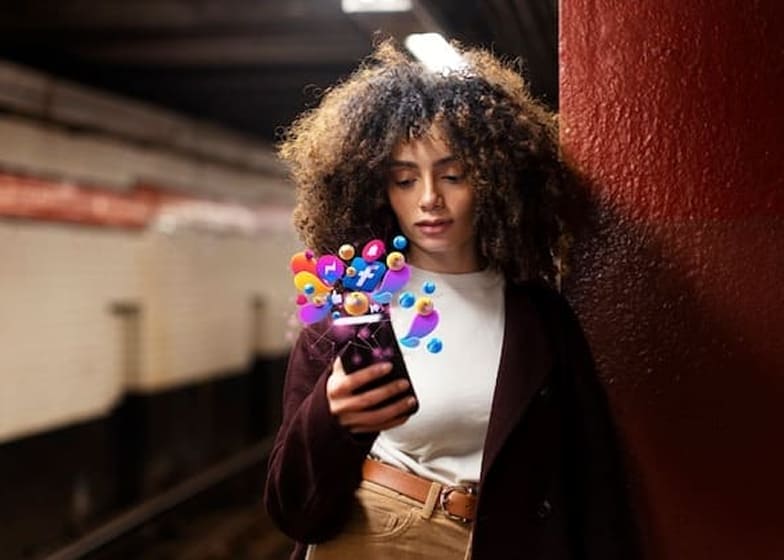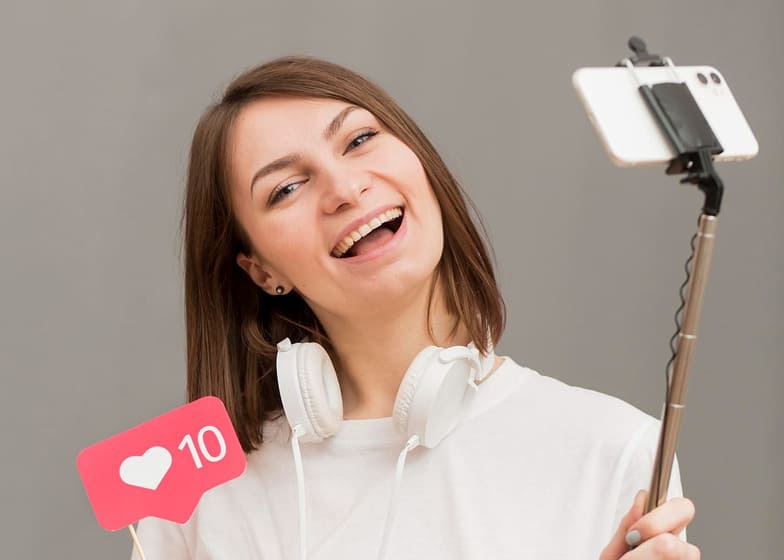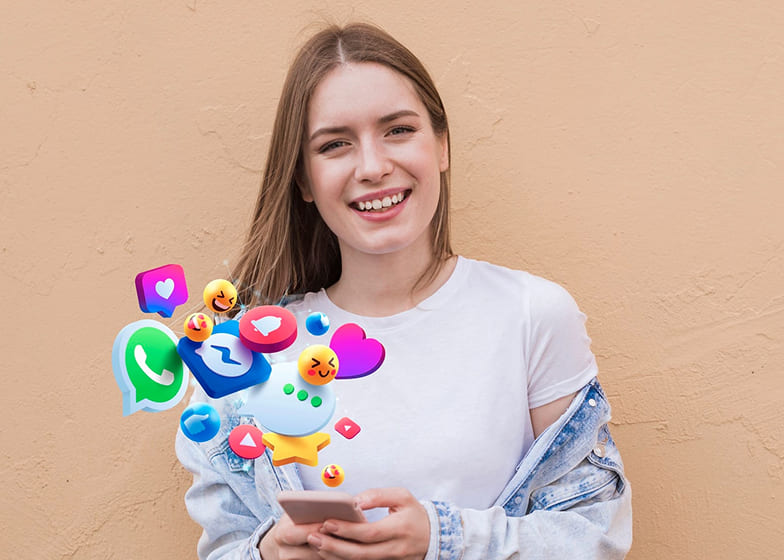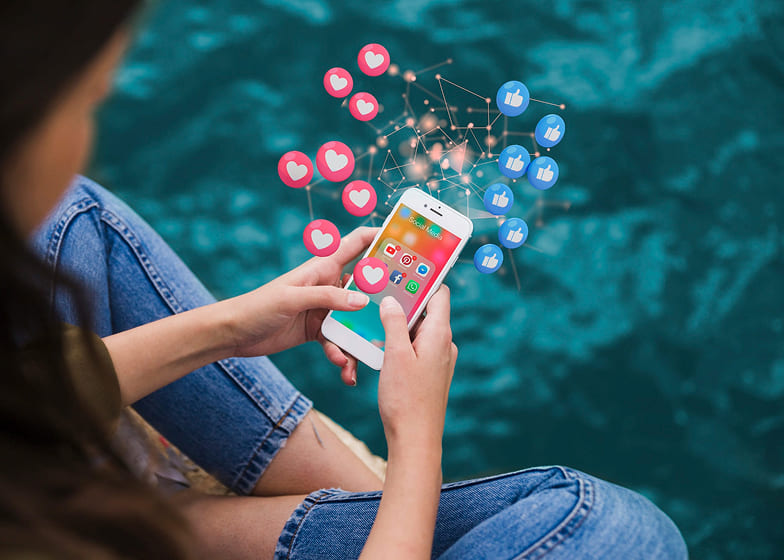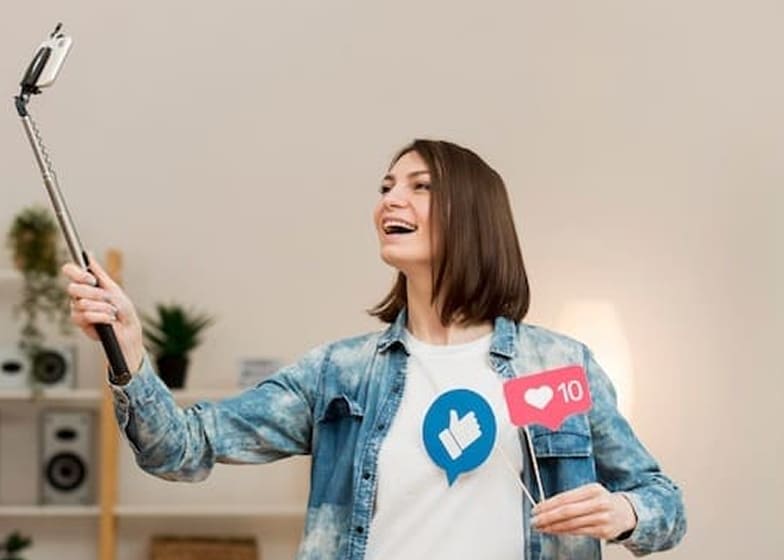Creating a viral social media campaign requires a balance of creativity, strategy, and timing. Virality is not just about luck—it’s about understanding your audience, tapping into trends, and delivering content that resonates emotionally. Whether it’s humor, inspiration, or relatability, campaigns that go viral often strike a chord with people, making them want to share it with friends and family. By leveraging visuals, storytelling, and interactive formats like polls or challenges, brands can create content that spreads quickly across platforms.
One of the most important aspects of building a viral campaign is knowing your audience. You need to understand what type of content they engage with, what platforms they use the most, and what triggers their emotions. Campaigns that align with audience behavior and cultural moments tend to perform better. For example, a clever meme or a TikTok challenge that fits with a trending hashtag has a higher chance of gaining traction.
Timing also plays a critical role in creating virality. Posting at peak times when your audience is most active increases the chances of engagement and shares. Additionally, riding on current events, trending topics, or seasonal themes can give your campaign a boost. This doesn’t mean forcing a connection, but rather finding authentic ways to link your message with what’s relevant at the moment.
Finally, successful viral campaigns make it easy for users to participate and share. Whether it’s a hashtag challenge, a giveaway, or an interactive post, campaigns that encourage user-generated content have a much higher chance of spreading quickly. The key is to remove barriers—make the content simple, fun, and rewarding to share. When done right, viral campaigns not only boost reach but also strengthen brand visibility and trust in the long term.
Viral Social Media Campaigns
A viral social media campaign is a type of online marketing campaign that spreads rapidly across social media platforms because people actively engage with it and share it with others. The “viral” aspect refers to how quickly the content gains momentum—similar to how a virus spreads—reaching large audiences in a very short time, often far beyond the brand’s initial followers.
These campaigns usually tap into emotions (humor, inspiration, excitement, surprise, or even controversy) that encourage people to interact and pass the content along. For example, the ALS Ice Bucket Challenge went viral because it was fun, shareable, and connected to a meaningful cause, generating millions of user-generated videos and global awareness.
The key elements of viral campaigns are:
- High shareability: Easy to repost, retweet, or recreate.
- Emotional connection: Makes people laugh, feel inspired, or motivated.
- Timeliness: Often tied to current trends, events, or cultural moments.
- Simplicity: Easy to understand and participate in without complicated steps.
In short, a viral social media campaign is not just about gaining likes or views—it’s about creating a wave of engagement that spreads organically, builds brand awareness, and often drives real results such as sales, donations, or community growth.
Create Viral Social Media Campaigns
Understand Your Audience Deeply
The first step in creating a viral campaign is knowing your audience inside and out. A campaign can only spread widely if it resonates with the people you are trying to reach. This means understanding their age group, cultural background, interests, and even their online habits. Gen Z, for example, loves content that is quick, funny, and visually engaging on platforms like TikTok, while millennials may prefer polished, inspirational, or lifestyle-driven posts on Instagram.
More importantly, you must know what emotions or experiences drive them to share. People usually share content that reflects their personality, makes them laugh, inspires them, or supports a cause they believe in. If your campaign speaks to their identity and gives them something they want to be associated with, it will have a higher chance of going viral.
Create Emotionally Engaging Content
Virality is powered by emotions. Campaigns that spark laughter, joy, surprise, awe, or even anger are the ones that people can’t resist sharing. Emotional content makes people stop scrolling and connect with your message. Humor, in particular, has a strong track record in going viral because it’s light, fun, and easily shareable. Inspirational stories also perform well because they touch the heart and motivate action.
Think of Dove’s Real Beauty campaign—it went viral because it challenged beauty standards and connected with audiences on a deep, emotional level. Similarly, meme-driven campaigns spread fast because they are humorous and relatable. If your campaign doesn’t make people feel something, they won’t feel the need to pass it along.
Leverage Trends and Timeliness
Timing plays a huge role in viral success. Social media thrives on trends—hashtags, challenges, and conversations that capture the world’s attention in real time. When your campaign connects to what people are already talking about, it gains an instant boost in visibility. The more timely and relevant your content is, the more likely people are to engage with it.
Oreo’s famous “You can still dunk in the dark” tweet during the Super Bowl blackout in 2013 is the perfect example. It wasn’t planned weeks in advance, but it was clever, relevant, and perfectly timed. That single post went viral worldwide. Brands that stay agile and respond quickly to cultural moments have a much higher chance of creating viral campaigns.
Make Participation Easy and Fun
The most powerful viral campaigns are those that invite people to join in. Instead of just being spectators, audiences love to feel like active participants. This is why user-generated content (UGC) challenges, contests, or branded hashtags work so well. When participation is simple, fun, and creative, people naturally share their own content, which multiplies the campaign’s reach.
The ALS Ice Bucket Challenge is the best example. Anyone could do it, record it, and nominate others. This made it simple, inclusive, and entertaining, which helped it go viral globally. If your campaign requires too much effort or feels complicated, people won’t engage. Virality happens when joining the trend is easy and enjoyable.
Use the Right Platforms for Maximum Impact
Not all platforms are equal when it comes to virality. Each has its strengths, and the choice depends on your audience and the type of content you want to create. TikTok and Instagram Reels are perfect for short, entertaining, and visual campaigns. Twitter (now X) is ideal for quick, witty, and real-time reactions. YouTube works best for storytelling, tutorials, or longer campaigns.
Brands should focus on where their audience is most active. For example, if your target is teenagers and young adults, TikTok is the best bet. If you’re aiming at professionals, LinkedIn may be more effective. The key is to tailor your campaign to the strengths of the platform while ensuring the content is optimized for its format.
Collaborate with Influencers and Communities
Influencers have the power to kick-start virality because they already have an engaged audience. Partnering with the right influencers—those whose followers trust their opinions—can give your campaign instant momentum. It doesn’t always have to be mega-influencers with millions of followers; micro-influencers often create more authentic engagement and help campaigns grow organically.
Beyond influencers, tapping into online communities also boosts reach. For example, gaming brands often launch campaigns within gaming groups or forums, while fitness brands may connect with health and wellness communities. By leveraging both influencers and niche communities, campaigns gain credibility and spread faster.
Encourage Sharing Through Incentives
Even if your campaign is fun or inspiring, giving people an extra reason to share increases its reach. Incentives like giveaways, recognition, discounts, or featuring user content on your brand’s official page make participation more rewarding. When people feel valued, they are more motivated to spread the message.
Starbucks’ #RedCupContest encouraged customers to post photos of their holiday cups with a chance to be featured on Starbucks’ official page. Thousands of people joined in, generating massive user-generated content and visibility for the brand. Incentives don’t always have to be material—they can be as simple as acknowledgment or engagement from the brand itself.
Monitor, Amplify, and Optimize
Launching a campaign is only the beginning. To keep momentum, you need to track performance in real time. Monitor metrics like engagement, shares, hashtags usage, and reach. If one post or video is gaining traction, amplify it further through paid ads or influencer partnerships. This helps maximize the campaign’s viral potential before the trend fades away.
Optimization is also key. Learn from what works and what doesn’t, then adjust quickly. Virality often depends on speed and adaptability, so the faster you respond, the more likely you are to sustain momentum. Brands that actively manage campaigns after launch often get better results than those that “post and forget.”
Summary
A viral social media campaign is not just about luck—it’s about strategy, timing, and emotional connection. By understanding your audience, creating content that sparks strong emotions, and tapping into trends, brands can design campaigns that people want to share. Making participation easy, choosing the right platforms, and collaborating with influencers or communities further boost reach. Incentives encourage sharing, while real-time monitoring and optimization help maintain momentum. In short, viral campaigns succeed when they are engaging, relatable, and easy to spread, turning ordinary posts into movements that capture massive attention.

